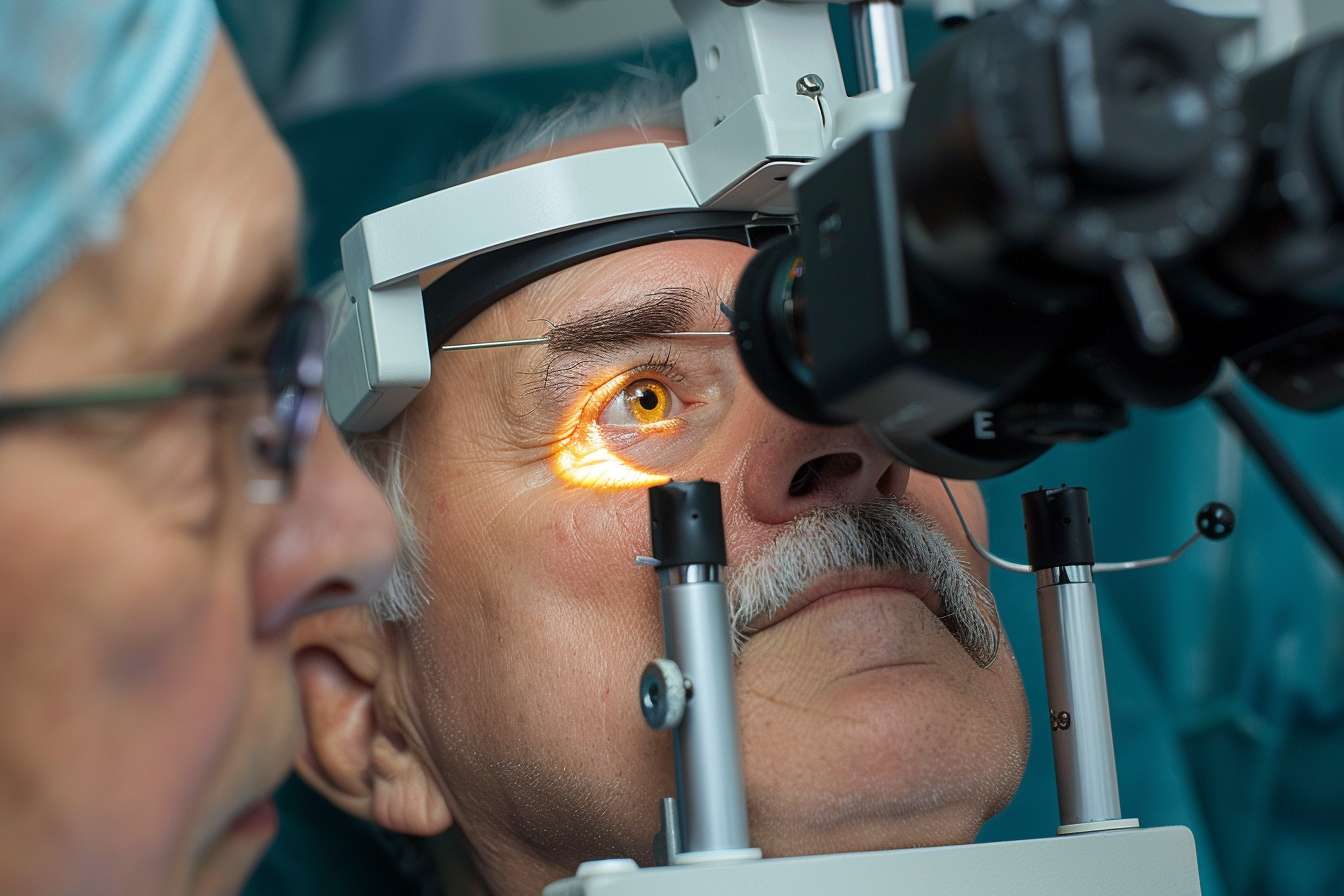Understanding Glaucoma Treatment Options: A Guideline to Eye Health Strategies
Glaucoma is an eye condition that damages the optic nerve. This damage can lead to vision loss or blindness. The optic nerve transmits visual information from the eye to the brain and is essential for good vision. Damage to the optic nerve is often associated with high pressure inside the eye. However, glaucoma can develop even when eye pressure is normal.

Managing glaucoma effectively requires a comprehensive understanding of available treatment modalities, from traditional medications to innovative surgical techniques. The condition progresses gradually, often without noticeable symptoms in its early stages, making regular eye examinations critical for those at risk. Treatment aims to lower intraocular pressure to prevent further optic nerve damage and vision loss. The approach varies depending on the type and severity of glaucoma, patient age, overall health, and individual response to therapy.
What Are the New Glaucoma Treatment Options Available?
Recent years have brought significant advancements in glaucoma management. New glaucoma treatment options include minimally invasive glaucoma surgeries (MIGS), which offer effective pressure reduction with faster recovery times and fewer complications compared to traditional procedures. These techniques include trabecular micro-bypass stents, suprachoroidal shunts, and endocyclophotocoagulation. Additionally, sustained-release drug delivery systems have emerged, allowing medications to be administered over extended periods without the need for daily eye drops. Selective laser trabeculoplasty (SLT) has also gained popularity as a non-invasive option that can be repeated if necessary. Gene therapy and neuroprotective agents are currently under investigation and may become available in the coming years, offering hope for preserving vision through mechanisms beyond pressure reduction alone.
Which Glaucoma Medications Work Well for Seniors?
Seniors often face unique challenges when managing glaucoma, including multiple health conditions, polypharmacy, and difficulty with eye drop administration. Glaucoma medications for seniors typically include prostaglandin analogs such as latanoprost and travoprost, which are often prescribed as first-line therapy due to their once-daily dosing and effectiveness in lowering intraocular pressure. Beta-blockers like timolol may be used but require careful monitoring in patients with cardiovascular or respiratory conditions. Alpha agonists and carbonic anhydrase inhibitors offer alternative mechanisms of action and can be combined with other medications for enhanced effect. Fixed-combination eye drops, which contain two active ingredients in a single formulation, simplify treatment regimens and improve adherence. Healthcare providers consider factors such as side effects, ease of use, and potential drug interactions when selecting medications for older adults. Regular follow-up appointments ensure that the chosen therapy remains effective and well-tolerated over time.
How to Find a Qualified Glaucoma Specialist
Locating a qualified glaucoma specialist is an important step in receiving optimal care for this complex condition. Ophthalmologists who subspecialize in glaucoma have completed additional fellowship training focused specifically on diagnosing and treating various forms of the disease. When searching for a specialist, patients should verify board certification, review professional credentials, and consider the physician’s experience with advanced diagnostic tools and surgical techniques. Referrals from primary care doctors or general ophthalmologists can be valuable, as can recommendations from trusted friends or family members who have undergone similar treatment. Many academic medical centers and eye institutes have dedicated glaucoma departments staffed by experts who stay current with the latest research and treatment protocols. Online directories provided by professional organizations such as the American Academy of Ophthalmology can help patients locate specialists in their area. Scheduling a consultation allows patients to assess the specialist’s communication style, ask questions about treatment philosophy, and determine whether the practice environment meets their needs.
What Are Effective Eye Drops for Glaucoma Management?
Eye drops remain the cornerstone of glaucoma treatment for most patients, with several classes of medications available to lower intraocular pressure. Prostaglandin analogs are frequently recommended due to their efficacy and convenient once-daily dosing schedule. These medications work by increasing the outflow of aqueous humor from the eye. Beta-blockers reduce fluid production within the eye and are often used in combination with other agents. Alpha-adrenergic agonists both decrease fluid production and improve drainage, making them versatile options for many patients. Carbonic anhydrase inhibitors, available in both topical and oral forms, also reduce fluid production and may be particularly useful when other medications are insufficient. Rho kinase inhibitors represent a newer class that works by relaxing trabecular meshwork tissue to enhance drainage. The choice of eye drops depends on individual patient factors, including disease severity, tolerance to side effects, and ability to adhere to the prescribed regimen. Proper instillation technique is essential for maximizing effectiveness, and patients should receive thorough instruction from their healthcare provider.
Treatment Costs and Provider Comparison
Understanding the financial aspects of glaucoma treatment helps patients make informed decisions about their care. Costs vary widely depending on the type of treatment, geographic location, insurance coverage, and whether generic or brand-name medications are used. Below is a general comparison of common glaucoma treatment options and their estimated costs.
| Treatment Type | Provider/Medication | Estimated Cost Range |
|---|---|---|
| Prostaglandin Analog Eye Drops | Latanoprost (generic) | $20-$50 per month |
| Beta-Blocker Eye Drops | Timolol (generic) | $10-$30 per month |
| Combination Eye Drops | Cosopt (brand) | $150-$300 per month |
| Selective Laser Trabeculoplasty | Outpatient laser centers | $800-$1,500 per eye |
| MIGS Procedures | Hospital or surgical center | $3,000-$5,000 per eye |
| Traditional Trabeculectomy | Hospital surgical facility | $5,000-$8,000 per eye |
Prices, rates, or cost estimates mentioned in this article are based on the latest available information but may change over time. Independent research is advised before making financial decisions.
Lifestyle Modifications and Ongoing Monitoring
While medical and surgical interventions form the foundation of glaucoma treatment, lifestyle modifications play a supportive role in disease management. Maintaining a healthy diet rich in antioxidants, engaging in regular moderate exercise, avoiding smoking, and managing systemic conditions such as diabetes and hypertension contribute to overall eye health. Patients should also be mindful of activities that may temporarily increase intraocular pressure, such as inverted yoga poses or playing high-resistance wind instruments. Ongoing monitoring through regular comprehensive eye examinations is essential for tracking disease progression and adjusting treatment as needed. Visual field testing, optical coherence tomography, and intraocular pressure measurements provide objective data that guide clinical decisions. Open communication between patients and their healthcare team ensures that concerns are addressed promptly and that treatment plans remain aligned with individual goals and preferences.
This article is for informational purposes only and should not be considered medical advice. Please consult a qualified healthcare professional for personalized guidance and treatment.




